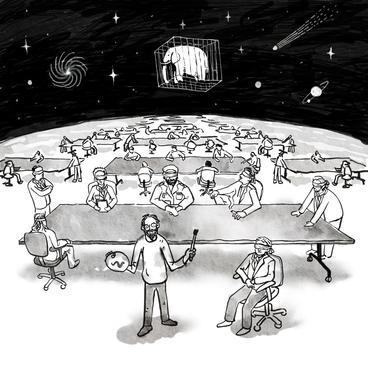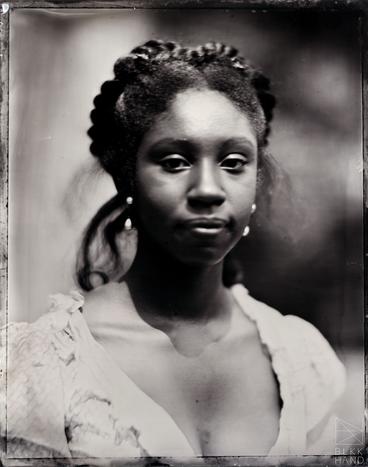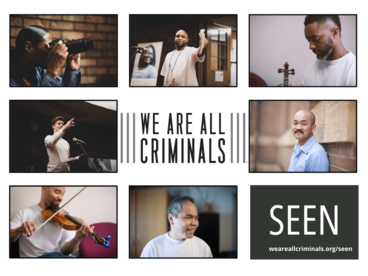
FEATURED ESSAY
Fall 2020 - Habitability.art - an online, interactive platform built on the idea of authorship without ownership
What if artists were in charge of how we learn—of how we ask questions and do research; how we teach and gather to share knowledge? Imagine a symposium run by artists. What could this symposium be? More important: what could it do? Who would need to be there, and why? We are inspired by an art project from 50 years ago: the “First National Symposium on Habitability of Environments” by the Californian artist Robert Irwin. Habitability is the field of knowledge that asks: What does it take to have a habitable environment for humans, on Earth and in outer space? Scientist Ed Wortz worked on habitability in NASA's Apollo Program. Artist Robert Irwin was Wortz’s close friend and a collaborator who grew increasingly frustrated with NASA’s approach to habitability as a technical challenge: e.g., provide this much air, water and food, the human lives, and that’s enough. Irwin also felt that just pointing out the problem was insufficient: rather, he argued, the very way we learn and discuss habitability needs to be reconsidered. And so, when Wortz asked him to help organize a symposium on habitability, Irwin hosted the gathering in his own studio, transforming the space into an unstable, dynamic environment that challenged everyone involved to think, feel, and talk habitability. Half a century later, our team took Irwin’s symposium as inspiration and asked: If we, a group of artists and designers, were to create a “Symposium on Habitability” today, what would it look and feel like? We’ve been thinking and experimenting with that idea for the past two years... and then — the COVID-19 pandemic came and changed the ways all of us inhabit everything. For many of us, this time of “social isolation” is challenging. We see this website as a collectively created social network for the pandemic. We hope that by sharing pictures and poetic reflections, what we see and how we feel, we will all learn about things we care about in places we live: things to be gained in this new world and things we stand to lose. Ultimately, we just want to hold a shared space. Thank you for convening here with us. We are grateful for your sharing your space with us, and promise to be as humanly sensitive and responsible as we can with what you share. We might use the images and texts you submit in future exhibitions and publications. Team: Boris Oicherman, the Interesting Tactics collective (Mary Dahlman Begley, Isaac Hase, Drew Smith, Austin Watanabe), Peng Wu, Neal White, and Max Hoaglund.
Habitability Project Background
On the morning of May 11, 1970, a bus brought a group of people, most wearing suits and carrying briefcases, from the Intercontinental Hotel in downtown Los Angeles to Venice Beach, at the time a troubled neighborhood of hippies, surfers, people experiencing homelessness, and artists. They disembarked by the beach, wandered down a decrepit alley, stepped into a freshly made hole in the wall, passed by a pile of rubble, through a corridor, and into a large, dimly lit room with slightly colored skylights, white columns, and red canvas chairs in the center and pillows on the floor. The event was NASA’s First National Symposium on Habitability of Environments, and the place—the studio of the artist Robert Irwin. The motivation for the symposium was set by the changing needs of the space program at the end of the Moon landing era, and the acute question: what does it take to build a habitable environment for humans in outer space? Irwin, then an artist in residence with the NASA subcontractor Garrett Corporation, found scientists’ approach to this question lacking the subjective perspective of the very human who would inhabit new environments: in his view, they mostly treated this as a technological challenge. He believed that art, as a discipline dedicated to subjective experiences, was in a position to contribute to the discussion. Together with his collaborator, space program psychologist Dr. Edward Wortz, Irwin decided to turn the NASA symposium into an artwork crafted for a single purpose: to challenge the dominant approach to habitability. The problems of habitable environments is as relevant today as it was in 1970—and perhaps even more so. Advances towards space settlements and commercialization of space flights made tangible the possibility of space travel for non-professionals—people who were not subjected to the rigid selection, and most importantly, may or may not be representative of the “normal” in terms of gender, culture, body, sexual orientation, skills, education, and other criteria. This development makes apparent the acute need to democratize and radically diversify our understanding of what makes an environment that we all would want to inhabit, whether it is here on Earth or away from it. Recognizing this need, in 2020 the Weisman Art Museum will conduct The Second National Symposium on Habitability of Environments, followed by an exhibition and a book. The content of the symposium will be shaped collaboratively by a cohort of practitioners with diverse approaches to studying and practicing habitability in space science, art, anthropology, architecture, global and local indigenous perspectives, gender and sexuality, environmental research, healthcare and healing, politics, and others. Together we will attempt to approach questions like:
- What has changed in our approach to habitable environments in the fifty years that have passed?
- Or, perhaps more importantly, what hasn’t changed and why: what problematics of the 1970s remain unresolved, and what could have been done differently?
- And finally: What would it take to conceive habitable environments that are not based on the assumption of “normality,” but rather on universal inclusivity?
We invite researchers, activists, artists, architects—everyone who is concerned with present day approaches to habitability on Earth and beyond—to contact us with expressions of interest. Together, we will design the program of the symposium to catalyze the discussions of habitability across fields of knowledge that will, eventually, lead to new approaches to habitability that are not bound to dominant cultures, disciplines and institutions.  As a step towards that goal, WAM hosted a public conversation surrounding the Habitability Project in October 2019. The event included a screening of samples of Tektite Revisited: Meghan O’Hara and James Merle Thomas’ in-progress documentary about NASA’s underwater habitability research in the U.S. Virgin Islands between 1969-70, and a presentation about the commercial space platform Axiom Space. The event culminated with a roundtable discussion involving workshop participants. Further programming will be announced later on.
As a step towards that goal, WAM hosted a public conversation surrounding the Habitability Project in October 2019. The event included a screening of samples of Tektite Revisited: Meghan O’Hara and James Merle Thomas’ in-progress documentary about NASA’s underwater habitability research in the U.S. Virgin Islands between 1969-70, and a presentation about the commercial space platform Axiom Space. The event culminated with a roundtable discussion involving workshop participants. Further programming will be announced later on.
For more information or to see how you might get involved, contact Boris Oicherman. Image credits (top to bottom): Habitability Guidelines and Criteria, NASA, 1971. Habitability Project public conversation at WAM in October 2019. Photograph by Kate Drakulic.
 Interview with Robert Irwin about the First National Symposium on Habitability of Environments.
Interview with Robert Irwin about the First National Symposium on Habitability of Environments.
One interesting thing about being an artist now is that everything is a possibility. Which means you start out of the state of total chaos, and you have to assume the responsibility for every single thing you do or do not do.



